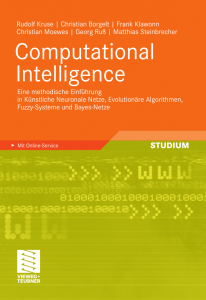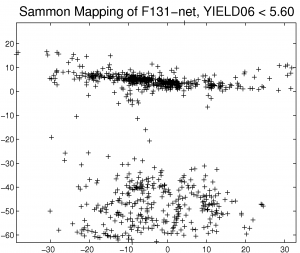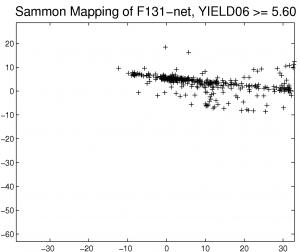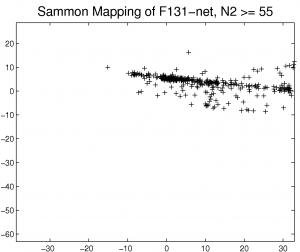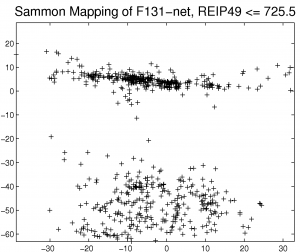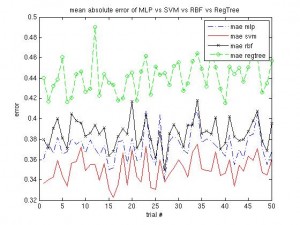I’ll submit an extended version of what was planned for the IFCS2009 conference at the ADAC journal (also at Springer). Some of the issues raised during the IFCS conference are addressed in this.
New baselines for the regression model comparison are computed:
- a simple linear regression
- a naive prediction: giving previous year’s yield as prediction
The result is that support vector regression outperforms MLP, RBF, RegTree and the two above predictors.
The matlab scripts (one outer one for the data set selection, and an inner one for the actual model comparison), are on-line:
- ifcs09_svm_mlp_rbf_regtree_extended.m (outer script, calls the one below)
- modelcomparison.m (inner script, replaces earlier version)
